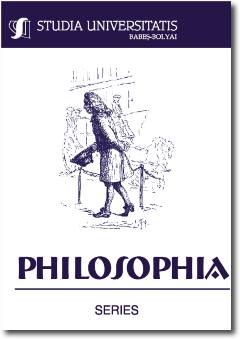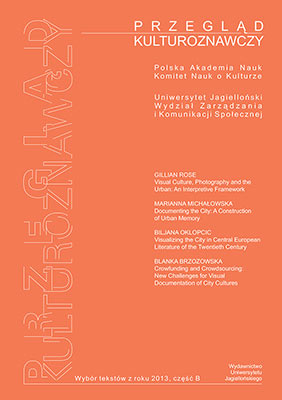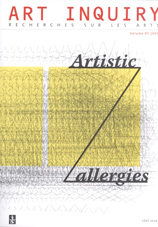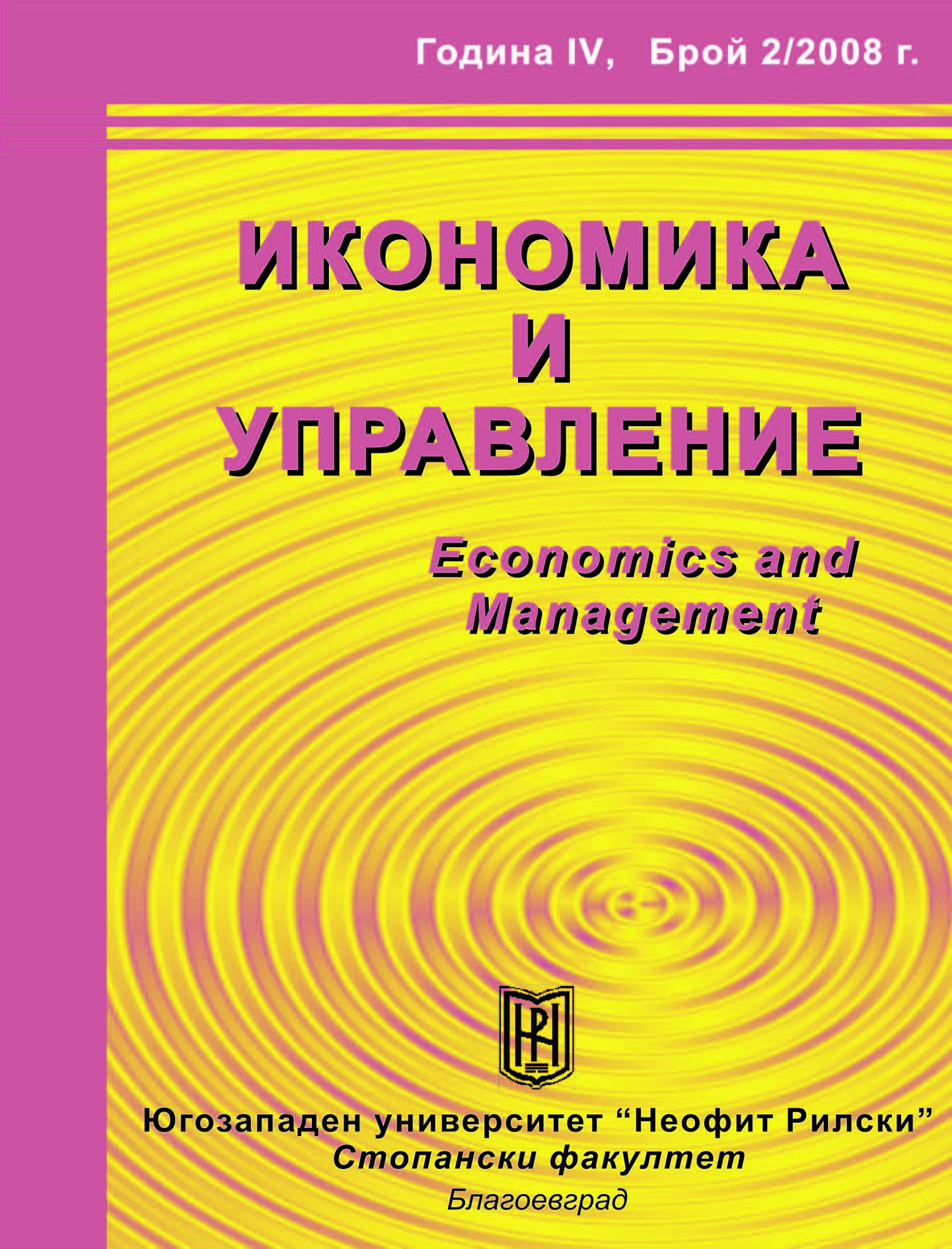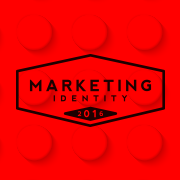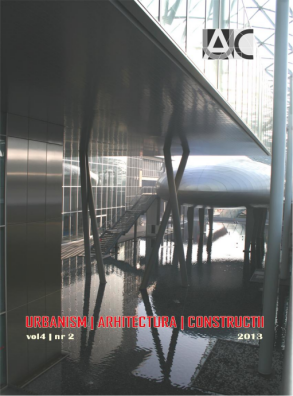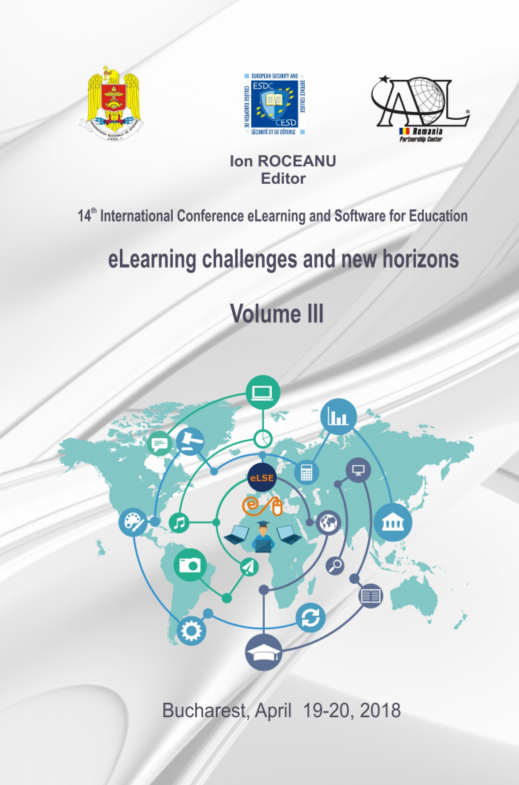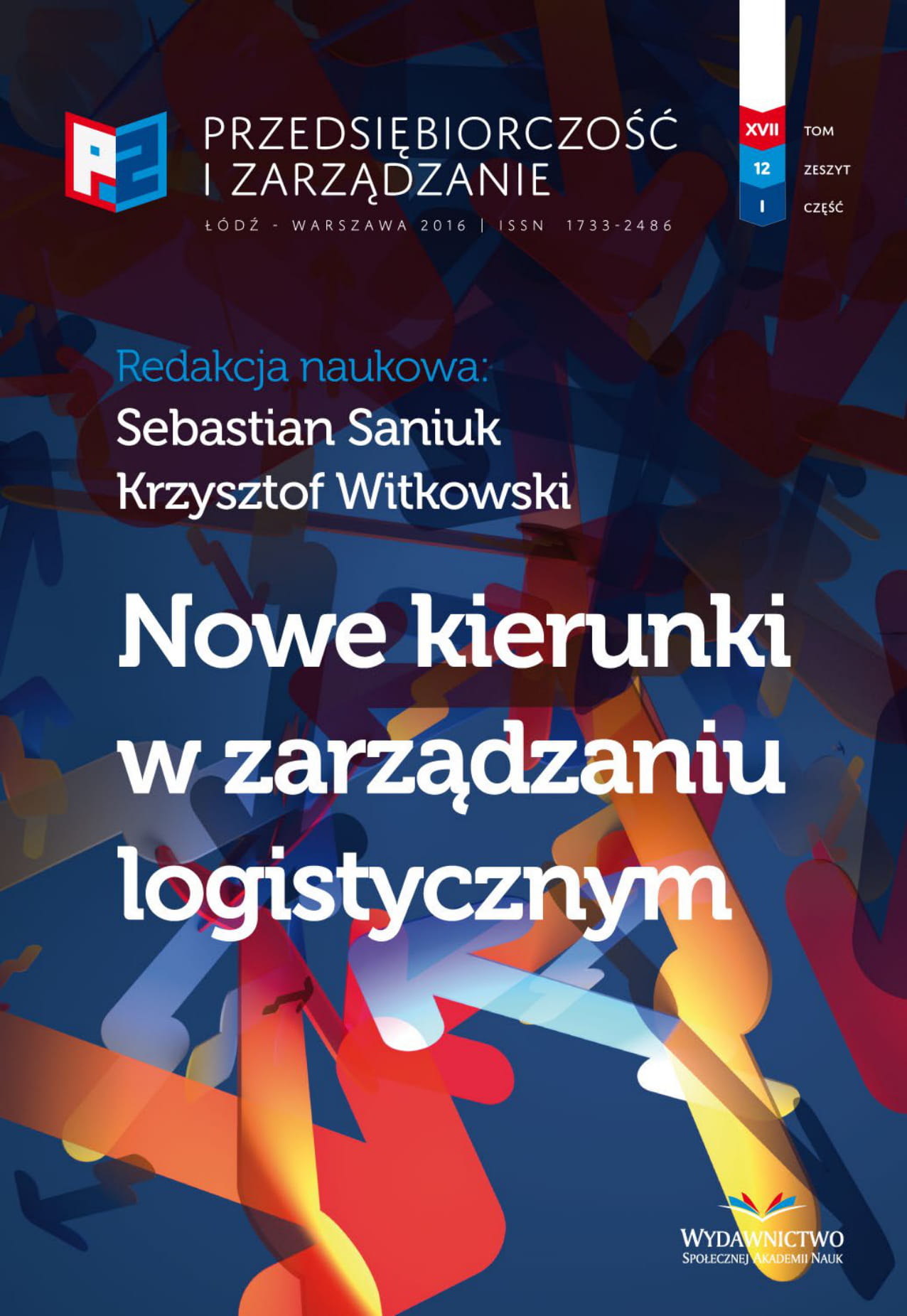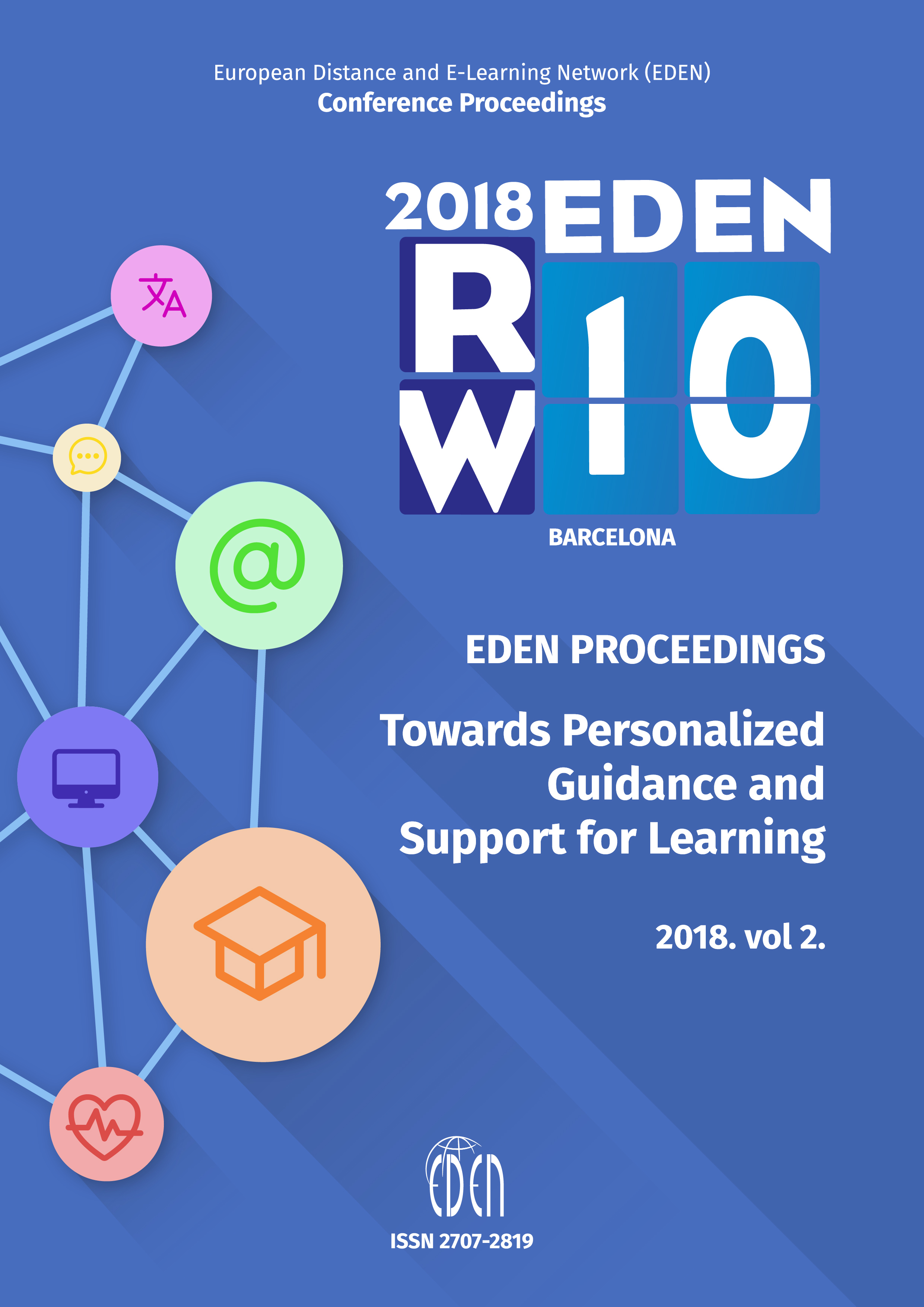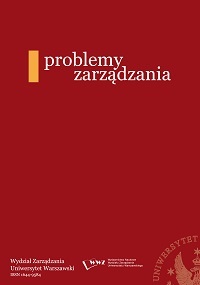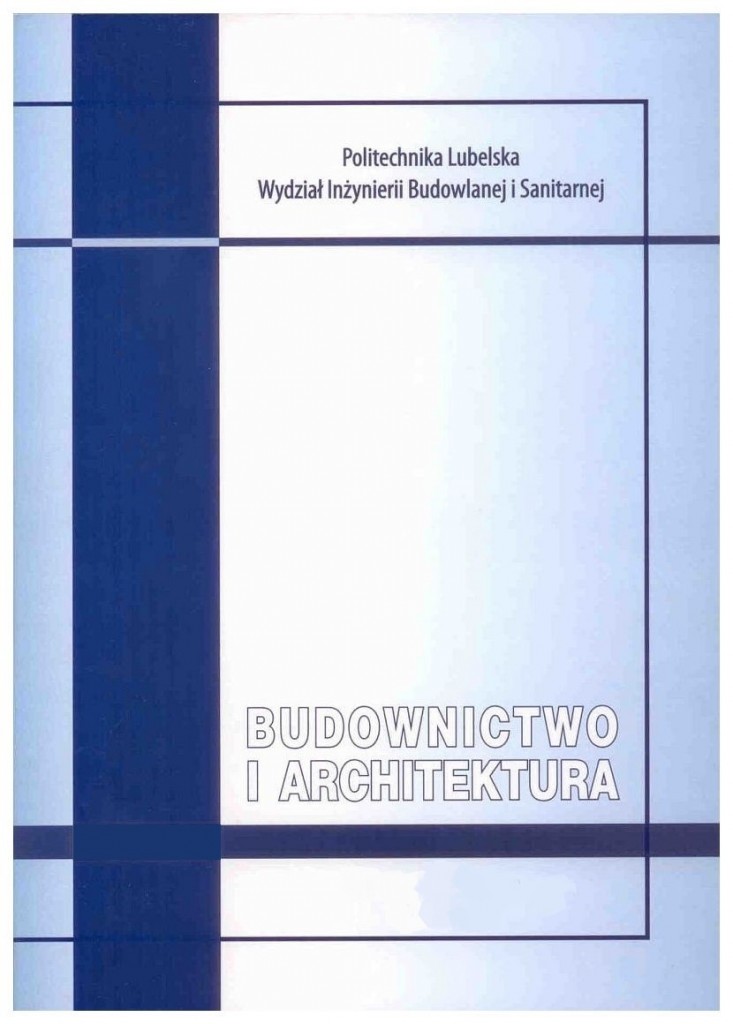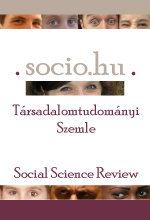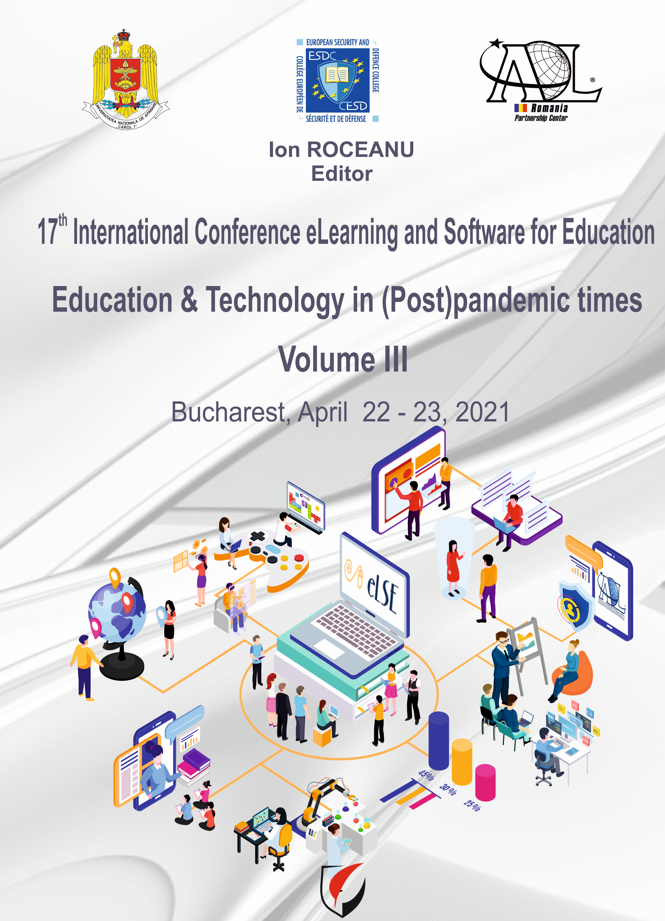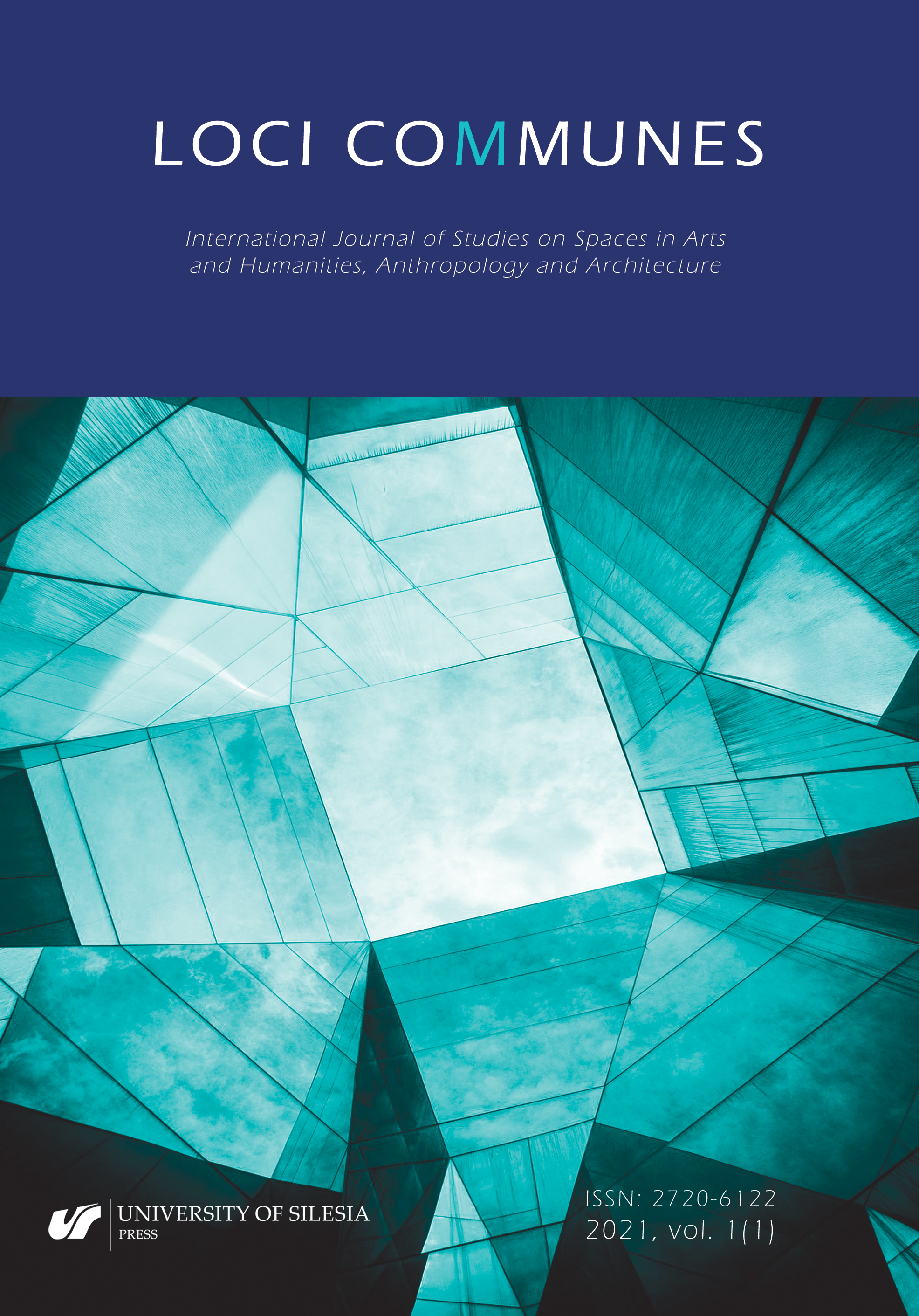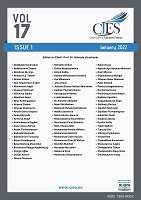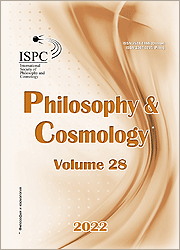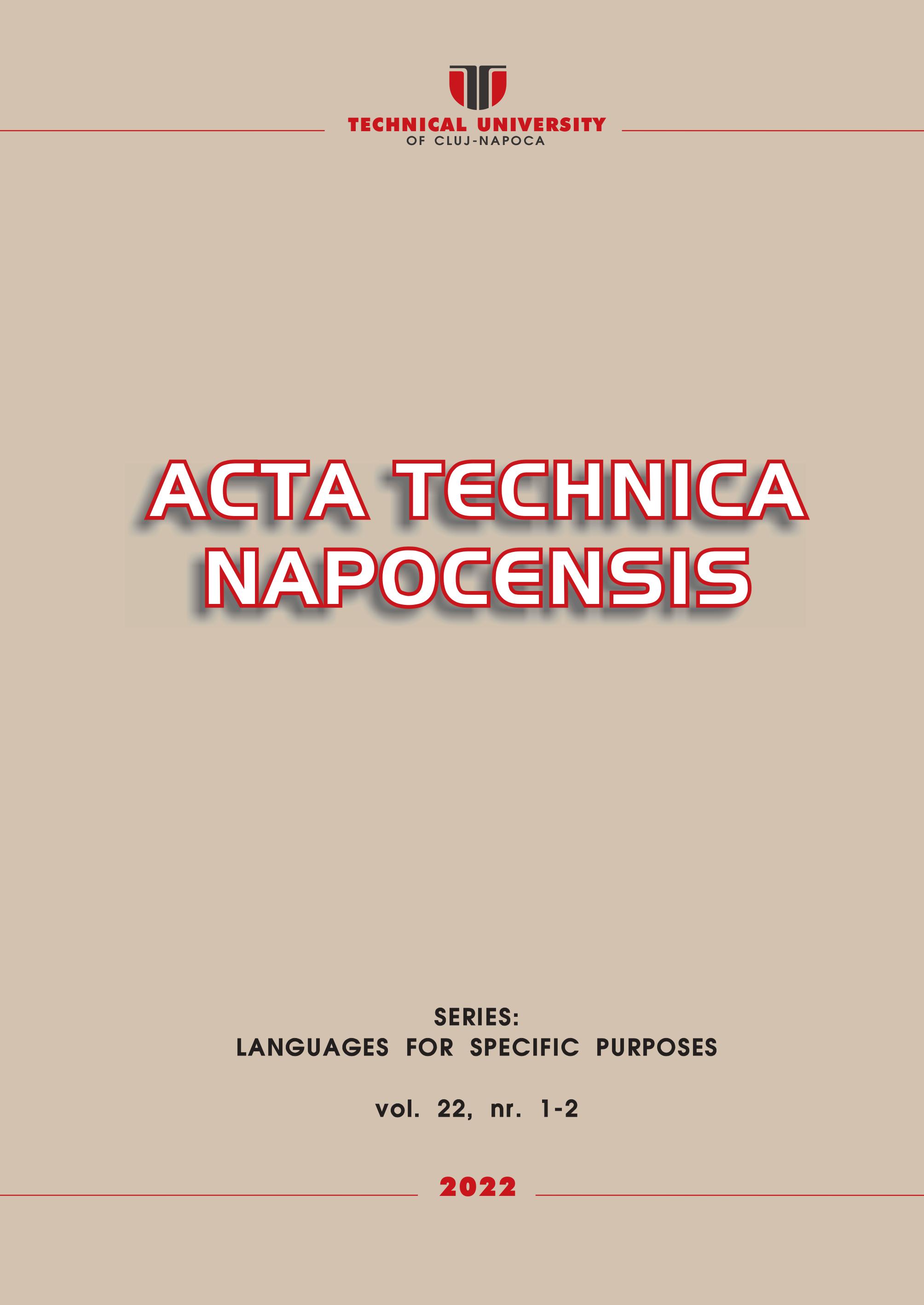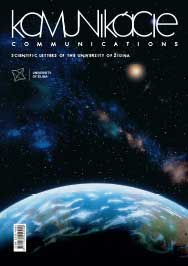THE USE OF GRAPHIC LIBRARIES TO DIVERSIFY THE ASSORTMENT OF FUNCTIONAL CLOTHING
Author(s): Elena Florea-Burduja,Aliona Raru,Daniela Farima,Marcela Irovan,Iuliana Lupu / Language(s): English
/ Issue: 03/2021
Keywords: model system; module; software; e-learning; educational materials; product sketch;
Currently, worldwide, there is a significant increase in the use of computer systems and various information technologies, both in the production system and in education. The use of information technologies leads to an increase in work and productivity efficiency, in a short period of time. The paper, presents a method of diversifying clothing product models, using graphic libraries, created by using Corel Draw software, which can be used as a teaching tool in education, for the course "Computer aided design", as well as within the discipline "Designing series and model systems". The presented concept is structured and as e-learning educational materials, in order to improve the acquisition of the methodology for developing new models of clothing products. The method presented in the paper is based on an advanced study, theoretical and practical, of developing new models for designing clothing products in series and industrial systems. The method is based on the requirements imposed by the wearers. Also, this method may be introduced in the initial stage of creating new models, both within companies and in specialized institutions. The graphic library allows the use, modification and completion with new constructive-functional elements. As a further direction of development, it is proposed to complete the graphic library with functional-constructive elements that would allow obtaining new product model systems. Also here can be created 2D sketches, known as a technical drawing, which is an essential element of the garment. This method is suitable for any person working in the field of clothing design. She allows reducing the time for designing and manufacturing product series, reducing of costs for materials and work and increasing of flexibility and adaptability capacity of the design and manufacturing system, to changes in product requirements.
More...
